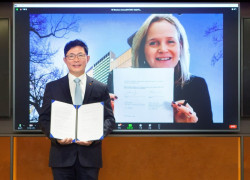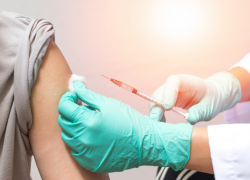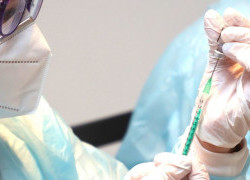Influenza is a viral respiratory infection typically involving symptoms such as cough, sore throat, runny nose, fever, headache and muscle aches.
In older adults and people with certain medical conditions, influenza can lead to serious and even life threatening complications.
The global burden
About five to 10 per cent of adults and 20 to 30 per cent of children worldwide are affected by seasonal influenza every year, resulting in between 250,000 and 500,000 deaths. An influenza pandemic occurs when a new strain of virus arises that is easily transmitted between people. The timing and severity of influenza pandemics is unpredictable. Annual vaccination is the best way to protect people from seasonal infections.
The Doherty Institute's expertise
The World Health Organisation (WHO) National Influenza Centre and the WHO Collaborating Centre for Reference and Research on Influenza – both housed at the Doherty Institute – are part of a global surveillance laboratory network that analyses circulating influenza viruses. Twice a year, based on surveillance data, the WHO recommends strains to be included in the influenza vaccine. The Centres’ epidemiologists assess the incidence of influenza in the community and vaccine effectiveness, and regularly report to the Victorian and Australian Governments. The Centres also provide technical support and training to regional influenza surveillance laboratories, as well as work with WHO and the Australian Government to monitor potential pandemic influenza viruses and maintain a state of preparedness should a pandemic occur.
Doherty Institute researchers seek to reduce the burden of influenza through an extensive range of projects, including a National Health and Medical Research Council Program (NHMRC) Grant – ‘Limiting the impact of Influenza (2015-2019)’. Research interests include:
- Molecular mechanisms of influenza
- Immune system responses to infection
- Impacts of infection and vaccination on the human population
- Evolution of influenza viruses
- Developing and evaluating novel vaccines and treatments





